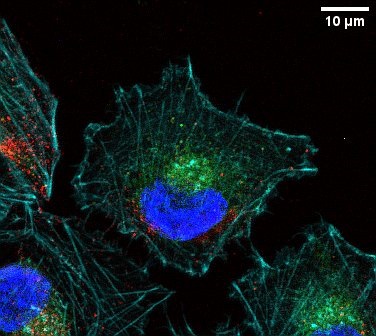Iapetus Near Saturn: Observing the Moon's Superior Conjunction

On July 1, 2025, Saturn's moon Iapetus reached a significant astronomical event known as superior conjunction, positioned just 1.4 arcminutes south of the gas giant itself. This occurrence, which enhances the visibility of Iapetus, invites both amateur and professional astronomers to observe the celestial phenomenon during the early morning hours.
Iapetus, known for its distinctive two-toned coloration, has an apparent magnitude of 11, making spotting it easier when it is located closely to Saturn. According to Alison Klesman, an editor at Astronomy Magazine, this proximity allows observers to view Iapetus against the backdrop of Saturn’s bright rings. "Try to look for Iapetus about two hours before sunrise when the sky remains dark, providing the best conditions for viewing these faint celestial objects," Klesman advised in an article published on the same day.
Astronomers can locate Saturn approximately 30 degrees high in the southeast sky, situated in the constellation of Pisces, just below the Circlet asterism. To effectively find Iapetus, observers should center their telescopes on Saturn, where Iapetus will appear as a dim point of light less than 2 arcminutes south of the planet's disk. Additionally, Titan, Saturn's largest moon, shines as an 8th-magnitude object, positioned to the east of Saturn.
For those equipped with larger telescopes, the moon Enceladus, which has an apparent magnitude of around 12, may also be observed to the northeast of Saturn's equator. However, due to its proximity to the bright rings, Enceladus can be challenging to spot. As noted by Dr. John Smith, an astronomer at the University of California, Berkeley, "The current tilt of Saturn's rings makes Enceladus more visible for a brief period before it disappears behind the planet shortly before 5 A.M. EDT."
Observers should also note that Tethys, another one of Saturn's moons with a magnitude of 10, will reappear from behind Saturn’s southeastern limb around 4:35 A.M. EDT, providing an additional opportunity for observation.
The event highlights the ongoing interest in planetary astronomy, especially as enthusiasts look forward to the upcoming celestial events. The visibility of Iapetus during its superior conjunction is not only a treat for local skywatchers but also serves as a reminder of the dynamic nature of our solar system. As Dr. Emily Carter, an astrophysicist at MIT, emphasized, "Events like this encourage public interest in astronomy and provide educational opportunities for schools and communities."
As sunrise approaches at 5:35 A.M. EDT, the chance to witness these moons in close proximity to Saturn emphasizes the importance of timing and location in astronomical observations. For those looking to catch a glimpse, the best conditions will prevail while the sky remains dark, just before dawn. This superior conjunction of Iapetus serves as a focal point for astronomers, both seasoned and novice, and reinforces the allure of celestial observation in our ever-evolving universe.
Advertisement
Tags
Advertisement





